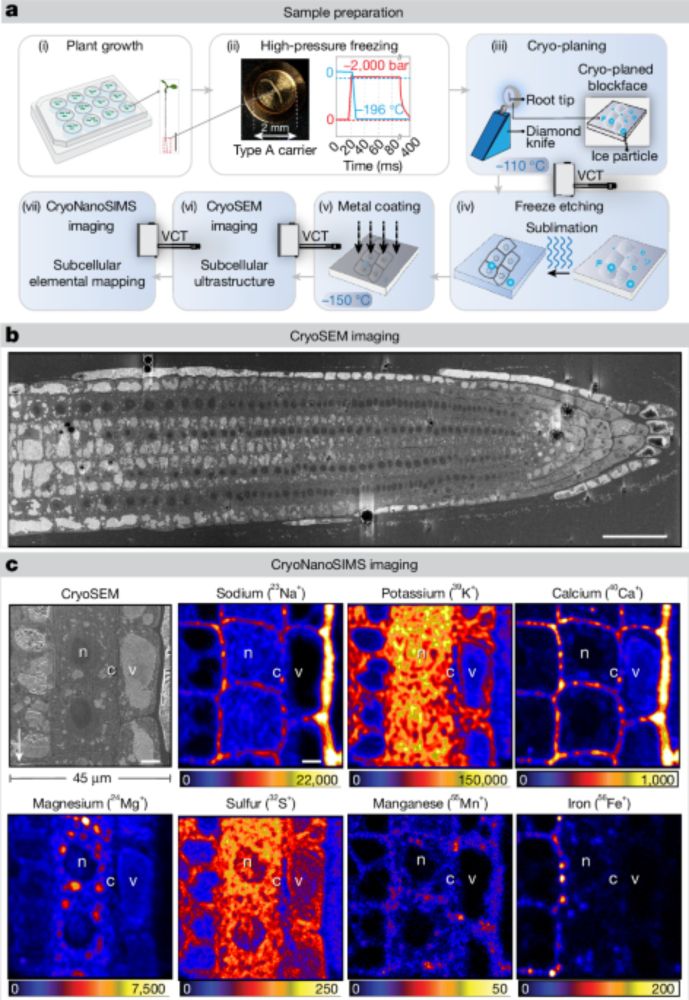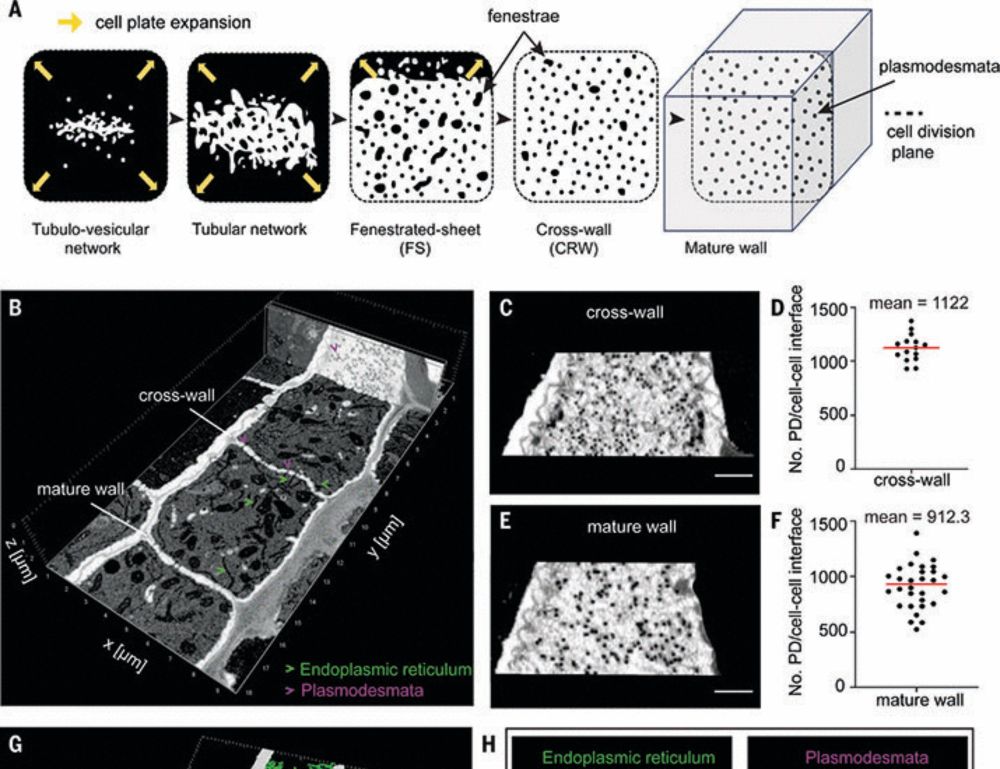
Excited to share some of our first insights using a new cryoelemental imaging technique to answer these questions at the subcellular scale!(1/8)
www.nature.com/articles/s41... @nature.com #PlantScience

Excited to share some of our first insights using a new cryoelemental imaging technique to answer these questions at the subcellular scale!(1/8)
www.nature.com/articles/s41... @nature.com #PlantScience


Seen @PPLplantarum
🧪 Léa Jacquier et al. 2024
Directional Cell-to-cell Transport in Plant Roots
💡Plasmodesmata enable unidirectional nutrient flow in differentiated roots, overcoming apo-barriers like Casparian strips!
🔗 doi.org/10.1101/2024...
#PlantBiology

Seen @PPLplantarum
🧪 Léa Jacquier et al. 2024
Directional Cell-to-cell Transport in Plant Roots
💡Plasmodesmata enable unidirectional nutrient flow in differentiated roots, overcoming apo-barriers like Casparian strips!
🔗 doi.org/10.1101/2024...
#PlantBiology
🧑🔬 Ziqiang P. Li, Hortense Moreau, Emmanuelle M. Bayer, et al.
📔 Science
🔗 www.science.org/doi/10.1126/...
#️⃣ #PlantScience #PlantDevelopment #Plasmodesmata

🧑🔬 Ziqiang P. Li, Hortense Moreau, Emmanuelle M. Bayer, et al.
📔 Science
🔗 www.science.org/doi/10.1126/...
#️⃣ #PlantScience #PlantDevelopment #Plasmodesmata
Preprints from two labs out today on @biorxiv-plants.bsky.social
#1, Magali S. Grison et al.
bsky.app/profile/soms...
#2: Michelle Gallei, Sven Truckenbrodt, et al.
bsky.app/profile/soms...
#PlantMicroscopy #PlantCellBiology
Preprints from two labs out today on @biorxiv-plants.bsky.social
#1, Magali S. Grison et al.
bsky.app/profile/soms...
#2: Michelle Gallei, Sven Truckenbrodt, et al.
bsky.app/profile/soms...
#PlantMicroscopy #PlantCellBiology

@hhu.bsky.social explains how plants can respond to wounding and damage caused by insects!



@hhu.bsky.social explains how plants can respond to wounding and damage caused by insects!
doi.org/10.7554/eLif...

doi.org/10.7554/eLif...


